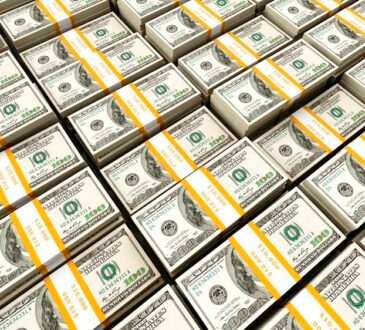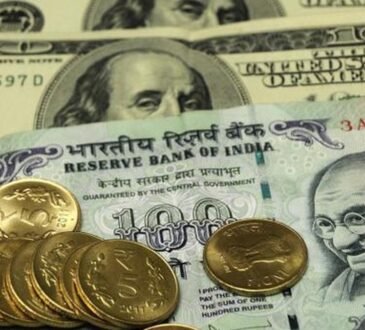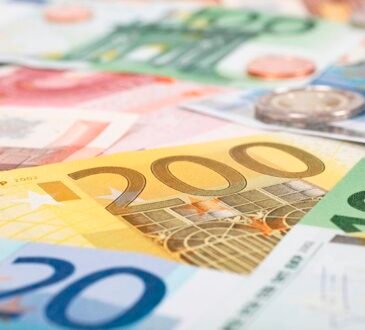- After a shaky Monday, the USD recovered, and Tuesday is unlikely to see much movement.
- Amid renewed market sentiment, US Dollar (DXY) gains and remains near the 103.00 mark.
- The market is pricing in a 100 bps rate cut by year-end.
On Tuesday, the US Dollar (USD), measured by the DXY Index, is capitalizing on recent recovery gains near the 103.00 mark subsequent to an improvement in market sentiment. In addition, caution due to absent news about the Middle Eastern conflict between Iran and Israel is also backing the Dollar’s current position. However, the Greenback’s trajectory throughout the day could potentially be limited by the high dovish bets on the Federal Reserve (Fed).
Markets are seeing that the US economic outlook is weak due to July’s soft data and seem to be fearing a recession, while officials are asking the public not to overreact to one data point.
Daily digest market movers: USD upside limited as markets price in 100 bps Fed easing by year-end
- Despite the USD gains, its potential is limited by the steady dovish bets on the Fed.
- Market anticipates a rate cut in September, leading to subsequent USD weakening.
- In addition, market is pricing in a 100 bps rate cut by year-end, with some odds of an additional 25 bps.
- Over 200 bps of total easing is priced in for the coming year, barring a deep US recession.
- Market anxiously awaiting incoming data to assess Fed easing narrative.
DXY technical outlook: Bulls step in, but bears still command
On the technical side, the DXY outlook turned bearish after a sharp decline in the Relative Strength Index (RSI), which fell into oversold territory in the last few trading sessions but seemed to recover on Tuesday. However, the outlook remains bearish, with the index still trading below the 20, 100 and 200-day Simple Moving Averages (SMAs).
Supports: 102.50, 102.20, 102.00
Resistances: 103.00, 103.50, 104.00
US Dollar FAQs
The US Dollar (USD) is the official currency of the United States of America, and the ‘de facto’ currency of a significant number of other countries where it is found in circulation alongside local notes. It is the most heavily traded currency in the world, accounting for over 88% of all global foreign exchange turnover, or an average of $6.6 trillion in transactions per day, according to data from 2022. Following the second world war, the USD took over from the British Pound as the world’s reserve currency. For most of its history, the US Dollar was backed by Gold, until the Bretton Woods Agreement in 1971 when the Gold Standard went away.
The most important single factor impacting on the value of the US Dollar is monetary policy, which is shaped by the Federal Reserve (Fed). The Fed has two mandates: to achieve price stability (control inflation) and foster full employment. Its primary tool to achieve these two goals is by adjusting interest rates. When prices are rising too quickly and inflation is above the Fed’s 2% target, the Fed will raise rates, which helps the USD value. When inflation falls below 2% or the Unemployment Rate is too high, the Fed may lower interest rates, which weighs on the Greenback.
In extreme situations, the Federal Reserve can also print more Dollars and enact quantitative easing (QE). QE is the process by which the Fed substantially increases the flow of credit in a stuck financial system. It is a non-standard policy measure used when credit has dried up because banks will not lend to each other (out of the fear of counterparty default). It is a last resort when simply lowering interest rates is unlikely to achieve the necessary result. It was the Fed’s weapon of choice to combat the credit crunch that occurred during the Great Financial Crisis in 2008. It involves the Fed printing more Dollars and using them to buy US government bonds predominantly from financial institutions. QE usually leads to a weaker US Dollar.
Quantitative tightening (QT) is the reverse process whereby the Federal Reserve stops buying bonds from financial institutions and does not reinvest the principal from the bonds it holds maturing in new purchases. It is usually positive for the US Dollar.





